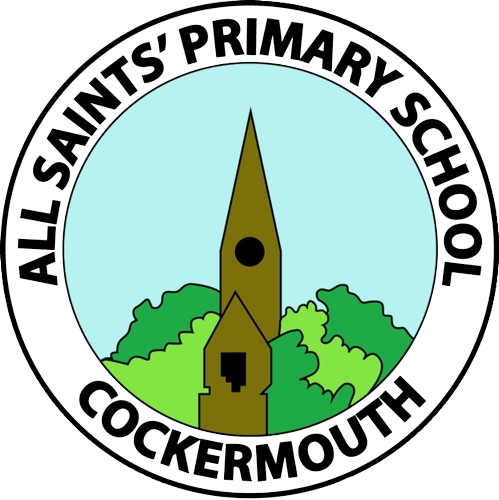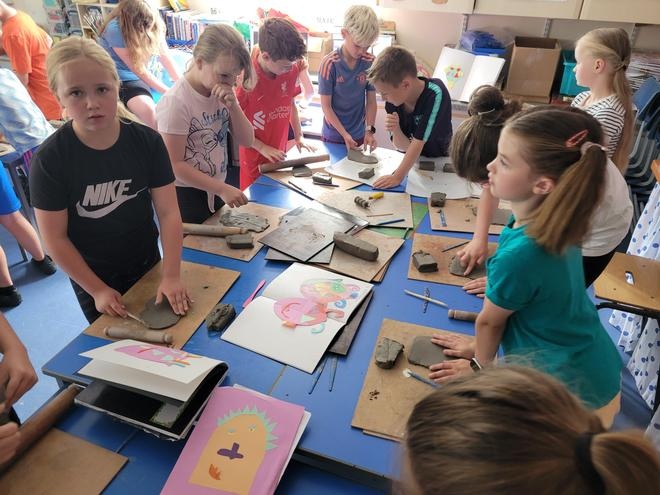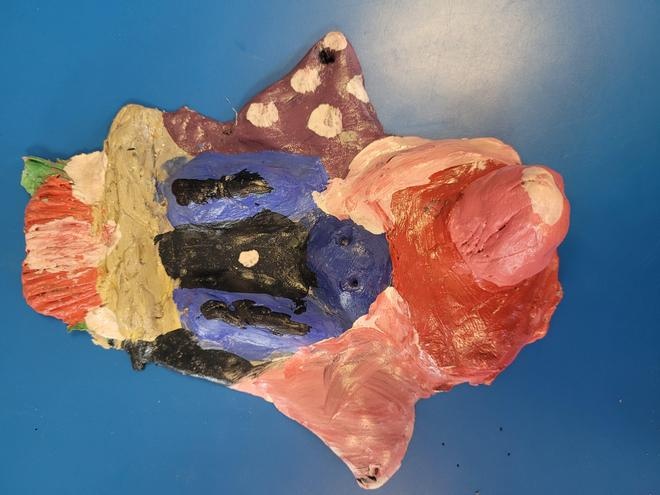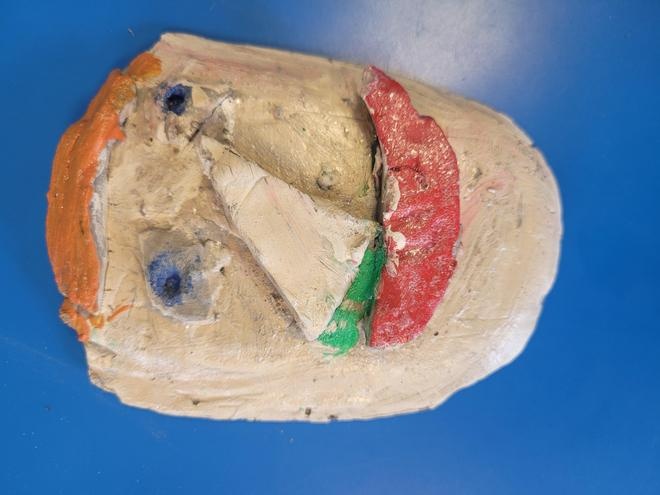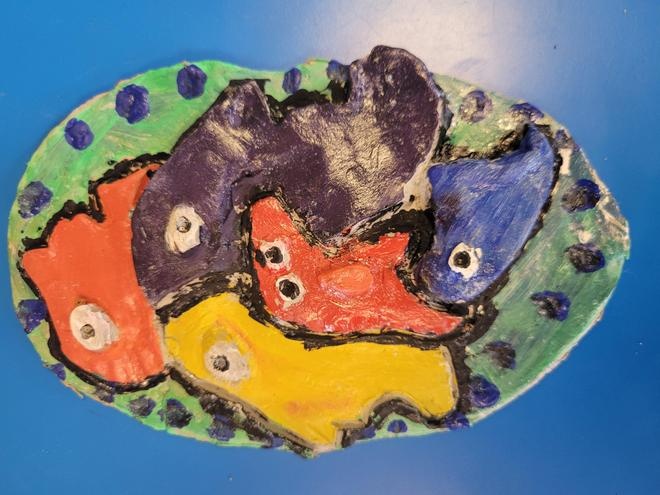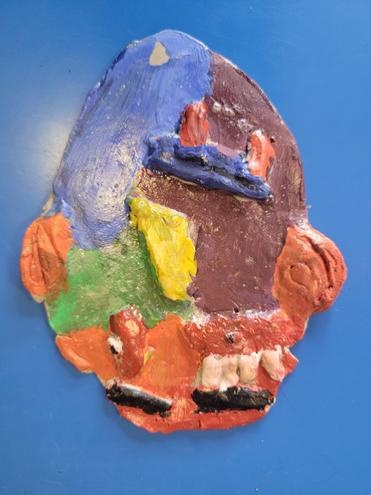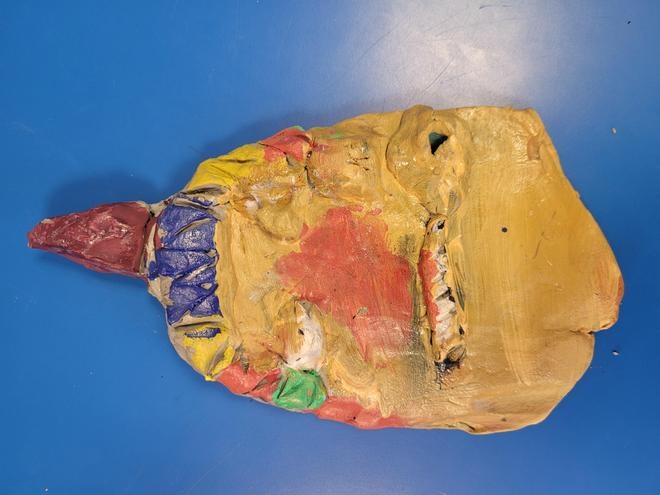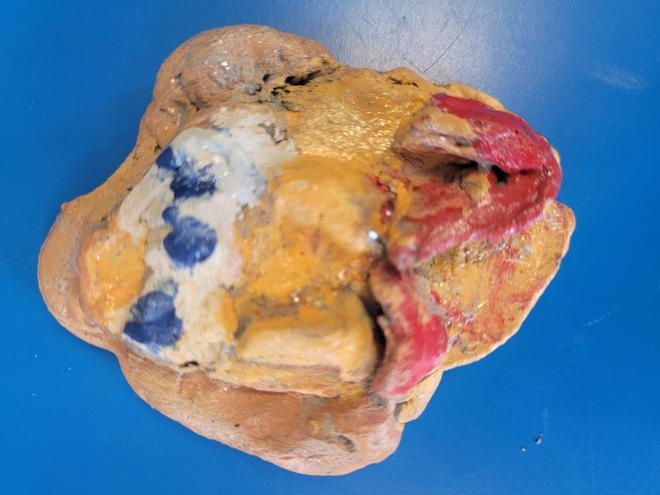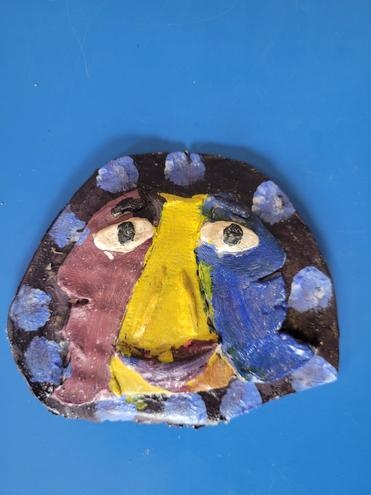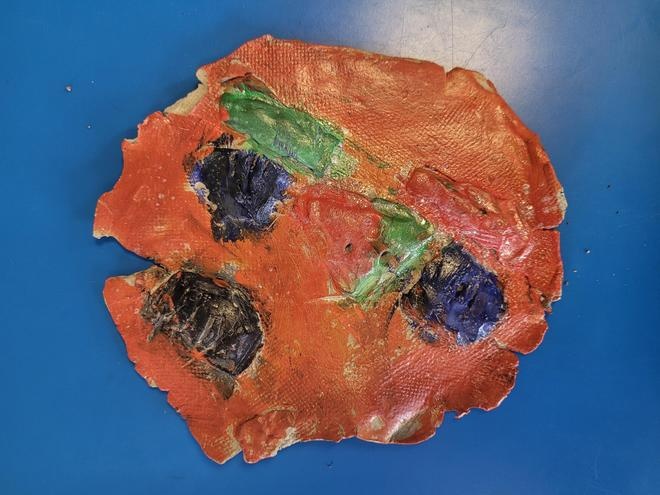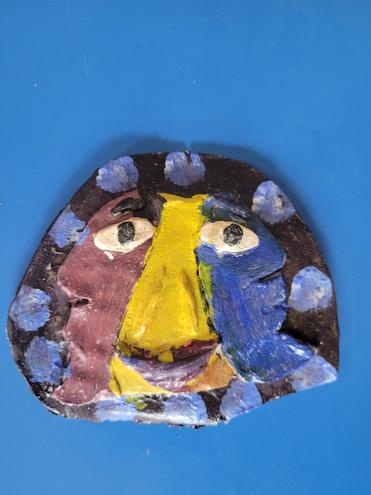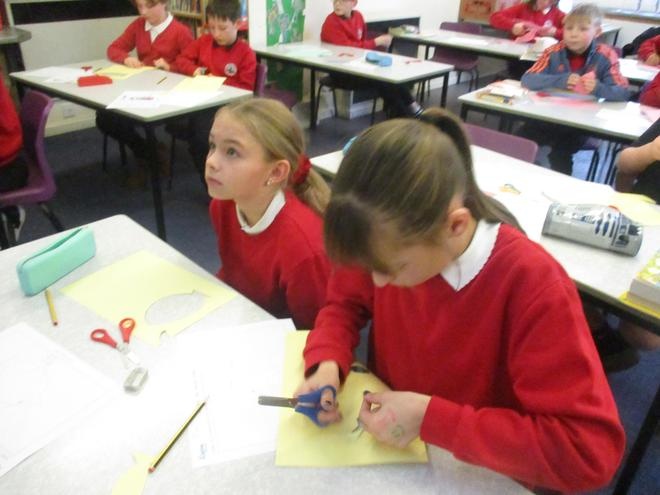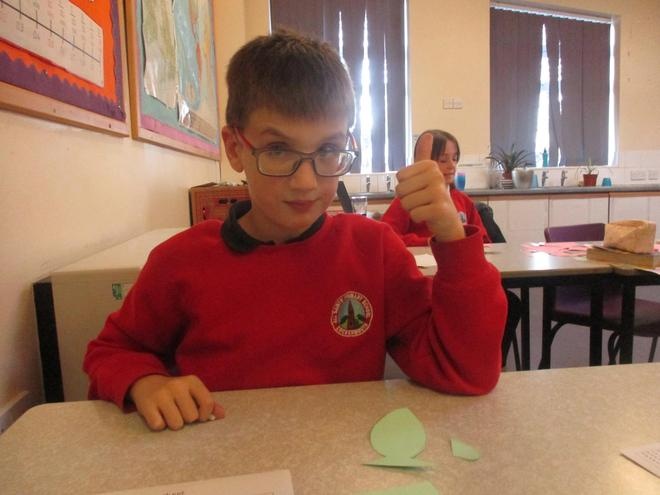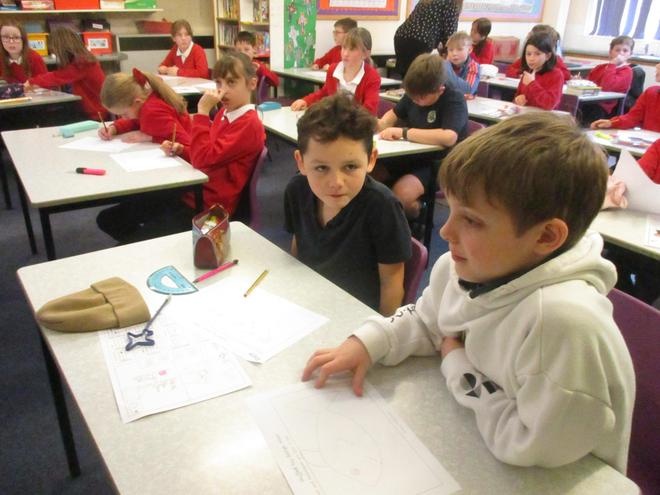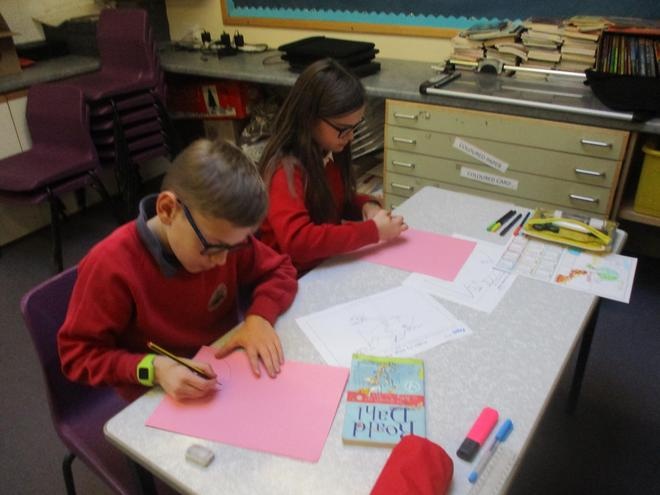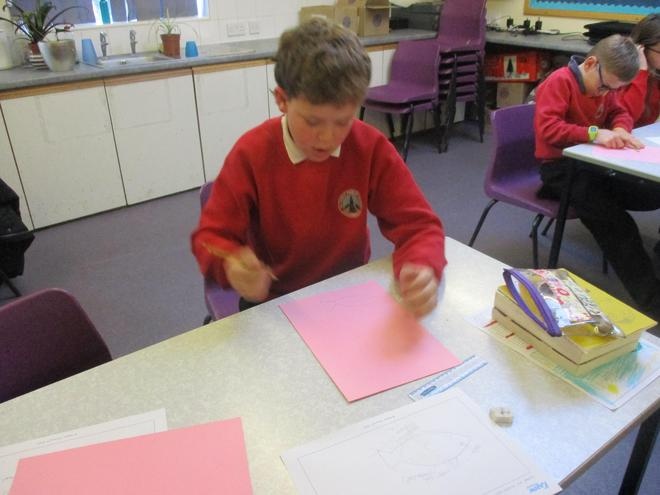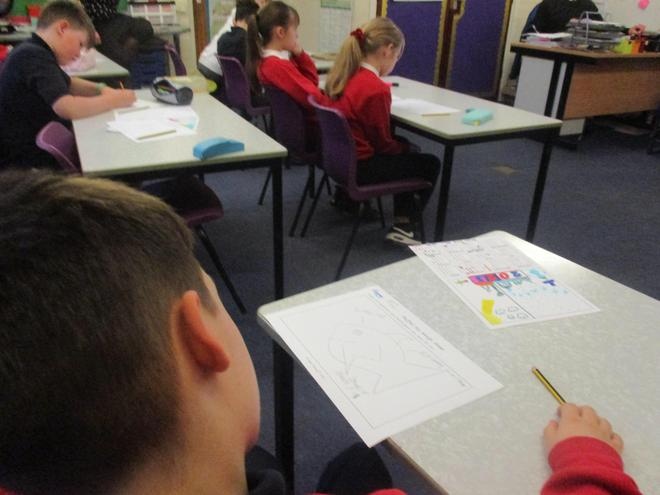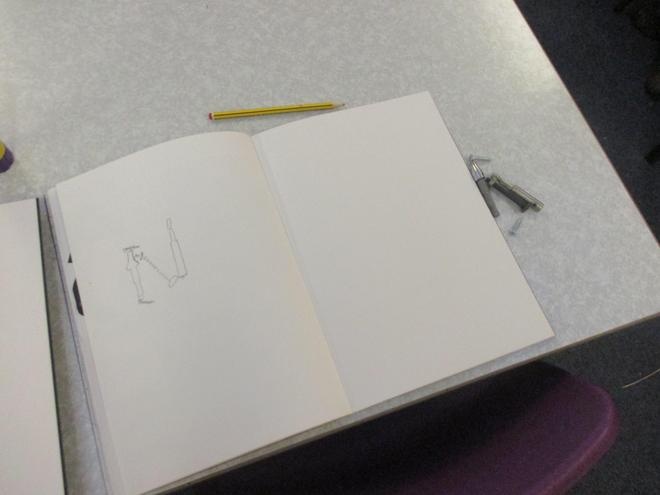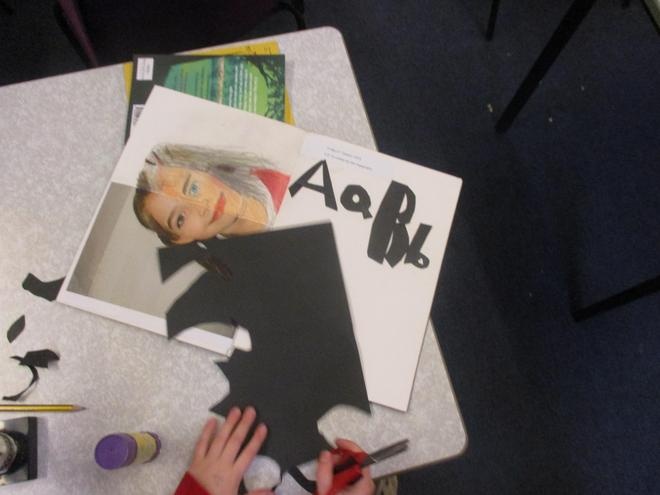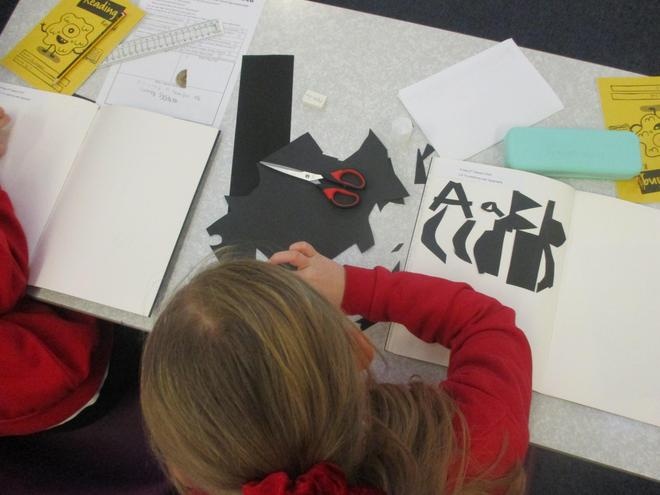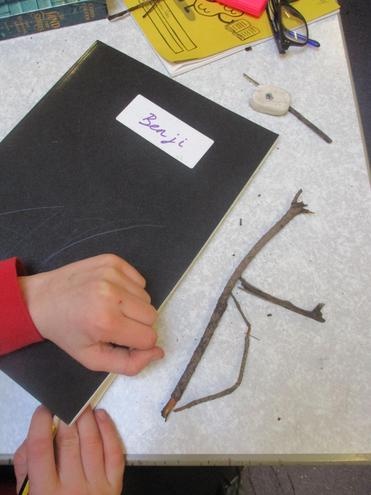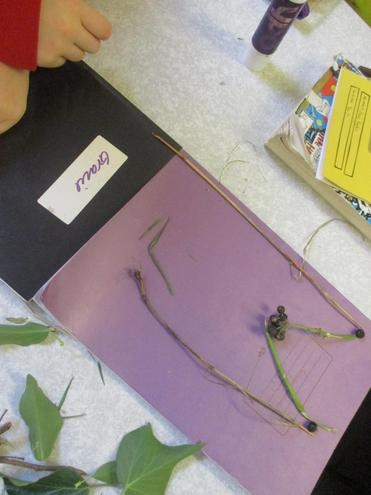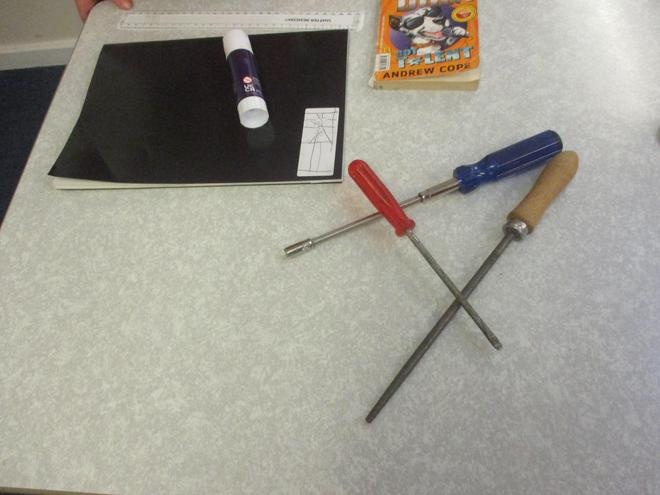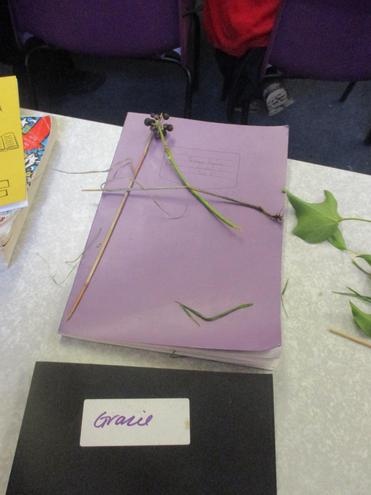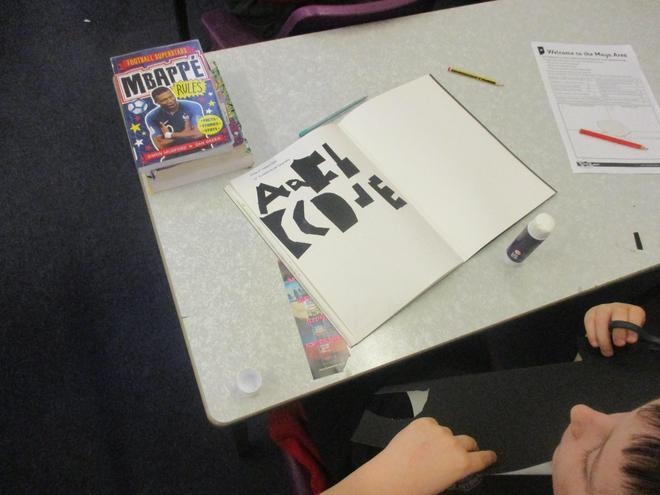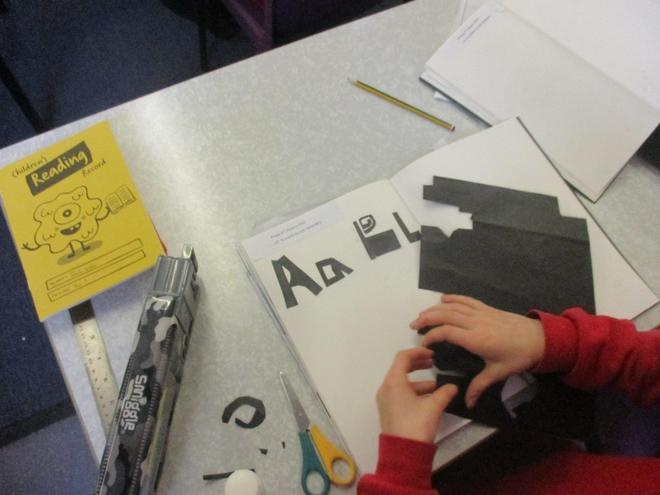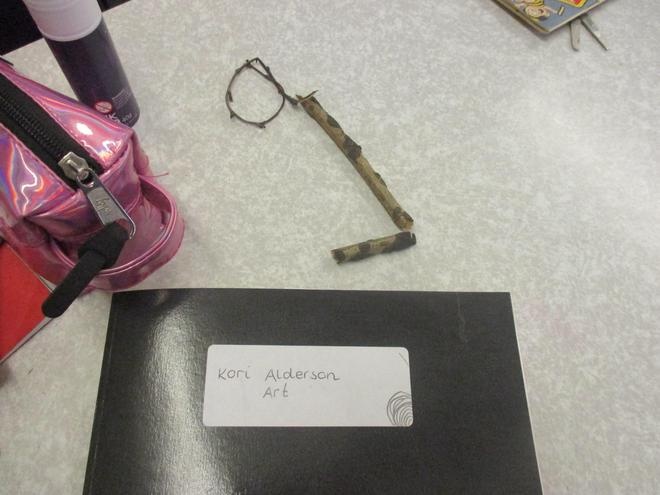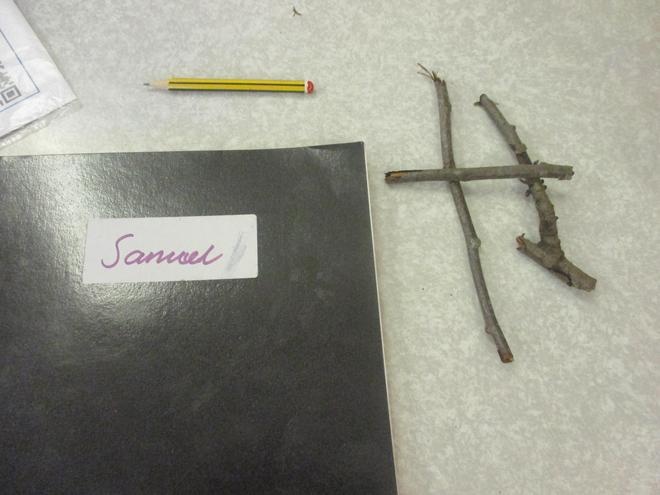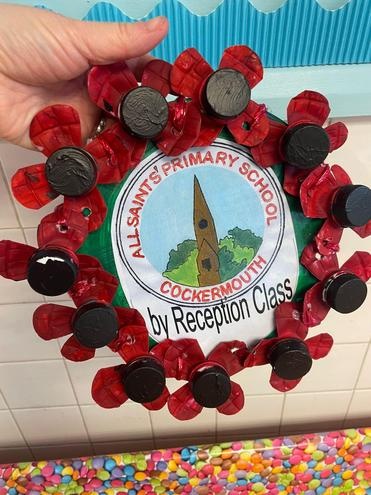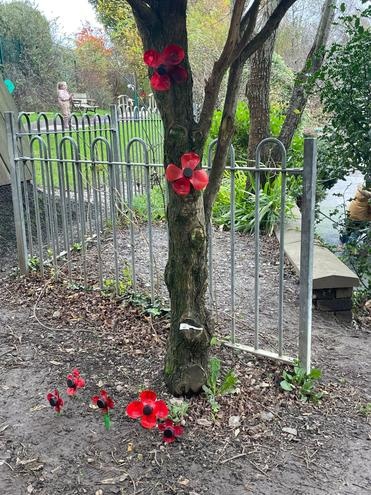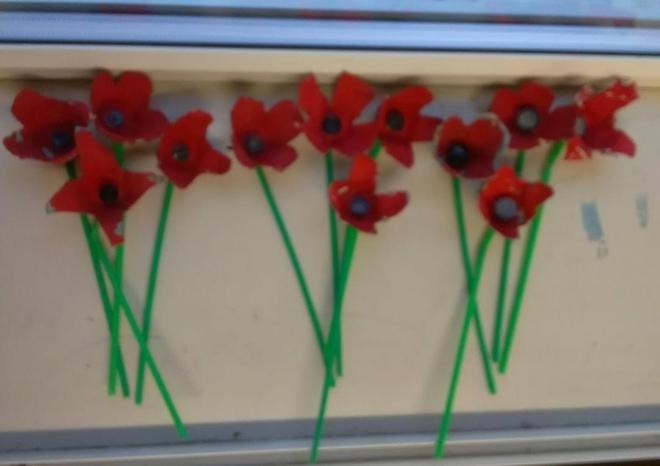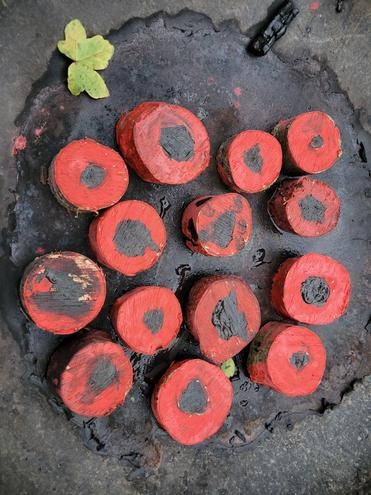Art and Design
The children's cubism journey: - cubism portraits - sugar paper designs -clay cubism-
Progression of Skills
Year 5 creating a stuffed toy
Year 5 try their hand at topography
Remembrance Day Art across the school
All Saints’ CE Primary School Art Policy 2022
Intent
We are strong believers in the impact of Art and Design at All Saints’ CE Primary School as part of a broad and balanced curriculum. It provides children with opportunities to develop and extend skills to express their individual interests and ideas, whilst also contributing to the development of the child emotionally, aesthetically, spiritually, intellectually and socially.
High quality art education equips children with the skills to explore, experiment, create and invent their own work of art whilst engaging, inspiring and challenging pupils. As artists, children should be able to critically evaluate their work and the work of others, taking influence from well-known artists and adapting their work accordingly. As their skill set progresses, they should understand how art has changed their landscape, culture and history. At All Saints’ we aim to embody children with the skills and confidence to pursue a career in Art and the Creative Industry.
Aims
- To enable children to record from first-hand experience and from imagination, and to select their own ideas to use in their work;
- To help each child achieve their creative potential in both two and three-dimensional work, working on a variety of scales.
- To develop children’s knowledge of materials by allowing them to experiment freely and to encourage them to use materials sensibly and safely.
- To ensure the children learn a range of pertinent skills so that they develop an expertise in using both materials and equipment and so enable the realisation of their ideas.
- To explore with children ideas and meanings in the work of artists, craft people and designers and help them learn about their different roles and about the functions of art, craft and design in their own lives and in different times and cultures;
- To foster an enjoyment and appreciation of the visual arts and a knowledge of artists, craftspeople and designers.
- To encourage pupils to appreciate the beauty, order and precision that is found, naturally and man-made, in our world.
The Foundation Stage
Before embarking on key stage 1 work, many children will have attended reception and nursery classes where they will have had opportunities to find out and learn about the world they live in.
The foundation stage provides a rich environment in which we encourage and value creativity. We relate the creative development of children to the objectives set out in the Early Learning Goals, which underpin the curriculum planning for children aged three to five. The children’s learning includes art, designing & making, dance, role-play and imaginative play. The range of experiences are imaginative and enjoyable.
Key Stages 1 & 2
Key Stage 1
Pupils are taught:
- To use a range of materials creatively to design and make products
- To use drawing, painting and sculpture to develop and share their ideas, experiences and imagination
- To develop a wide range of art and design techniques using colour, pattern, texture, line, shape, form and space
- About the work of a range of artists, craft makers and designers, describing the differences and similarities between different practices and disciplines, and making links to their own work. Key Stage
Key Stage 2
Pupils are taught to develop their techniques, including their control and their use of materials, with creativity, experimentation and an increasing awareness of different kinds of art, craft and design.
Pupils are taught:
- To create sketch books to record their observations and use them to review and revisit ideas
- To improve their mastery of art and design techniques, including drawing, painting and sculpture with a range of materials [for example, pencil, charcoal, paint, clay]
- About great artists, architects and designers in history.
Teaching and Learning
Our principal aim is to develop the children’s knowledge, skills and understanding. We ensure that the act of investigating and making something includes exploring and developing ideas, and evaluating and developing work. We do this best through a mixture of whole-class teaching and individual/group activities on projects in two and three dimensions and on different scales using a wide range of materials and resources, including ICT.
We recognise the fact that we have children of differing ability in all our classes, and so we provide suitable learning opportunities for all children by matching the challenge of the task to the ability of the child.
Implementation
The implementation of the Art and Design Curriculum at All Saints’ CE Primary School is based on the National Curriculum, ensuring a broad range of skills.
The children are taught Art as part of their termly topic work. Year 1 and Year 4 also incorporate Forest Schools into their Art work such as using homemade charcoal to create drawings and working with natural clay and materials. The children will use a sketchbook which they keep throughout their time at All Saints to show clear progression. Areas covered include: The children will;
- Develop drawing and painting skills.
- Gather resources and materials to stimulate and develop ideas.
- Use sketchbooks to develop ideas (this can include words and thoughts).
Explore and use two and three-dimensional media, working on a range of scales.
- Control and explore sounds.
- Work collaboratively and independently.
- Develop control of media and develop physical control.
- Develop special awareness, creativity and variation.
- Develop an awareness of audience.
- Create mood and effect.
- Respond to stimuli.
- Communicate emotion and ideas through different Arts Media.
- Listen with concentration and aural perception.
- Apply knowledge to their work.
- Review and modify work as it progresses.
- Develop an understanding of artists applying knowledge to their own work.
- Respond to and evaluate their own and other’s work considering skills and the finished product.
Assessment and Record Keeping
Class teachers complete planning that incorporates two portraits and still life drawings for summative assessment. Formative assessment is carried out from lesson to lesson using Access Art as our main resource. Each class covers an Artist and aims to produce work in their style. Such as, Year 4 research Picasso and create cubism portraits. From this we can establish whether children are working at, below or above expectations. In saying this, our main focus is on individual progress and the children enjoying their journey as young artists.
Monitoring and review
The monitoring of the standards of children’s work and of the quality of teaching in art and design is the responsibility of the subject leader. The work of the subject leader also involves supporting colleagues, being informed about current developments in the subject, and providing a strategic lead and direction for the subject in the school.
The art subject leader produces an annual summary report evaluating the strengths and areas for further improvement. Progress is reported twice per year at parent-teacher interviews and annually on a pupil’s written report.
Health and safety
Children should be taught to use items of protective clothing as appropriate and be encouraged to develop safe and tidy work practices. Teachers and pupils should be aware of potentially hazardous materials and tools in relation to their storage and use. Teachers will always teach the safe use of tools and equipment and insist on safe practice.
Inclusion and equal opportunities
All teaching and non-teaching staff at All Saints’ CE Primary School are responsible for ensuring that every pupil, regardless of gender, race, culture, background and ability, has the opportunity to experience education at an appropriate and challenging level. To ensure that pupils experience high standards of success, Art needs to be taught with regard to pupil’s abilities to ensure progress. We aim to identify and minimise barriers to learning and take account of gender, ability, disability, social, cultural, and linguistic background when planning lessons. Provision is made to enable all pupils to participate effectively in curriculum and assessment activities. A wide range of gender-specific and cultural images that challenge stereotypes will be used.
This policy ensures that certain aspects of Art are not seen as more appropriate for boys or girls. Individual teachers carefully consider the groupings they have. These might depend on the experiences the children have had in their home environments.
Accessibility for Teaching Art to pupils with SEND
We teach Art to all pupils, whatever their ability, in accordance with the information set out in our school curriculum overviews, providing a broad and balanced curriculum for all. Teachers provide learning opportunities matched to the needs of children of all capabilities, setting and reviewing appropriate targets.
